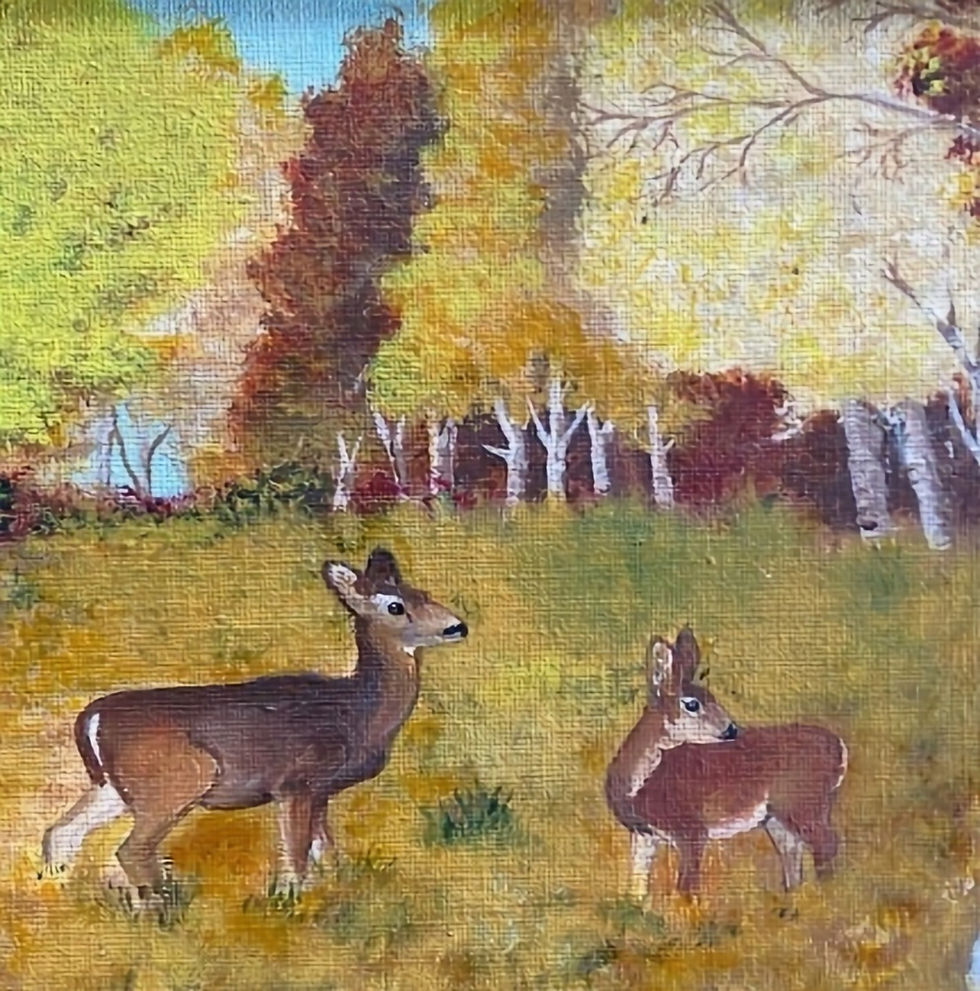Pollinators on the Edge
- darcygrahek

- Sep 15, 2019
- 2 min read
What is threatening our bees, butterflies, moths and hummingbirds and pushing some species to the edge of extinction or even beyond the edge? Humankind began to practice land management long ago; the Industrial Age spread through the world. Science and mass production added its muscle to the power people had over the land and significant changes in the pollinator populations were created. Our massive ecological footprint now undeniably burdens the autotrophs (plants) and the next tier, primary consumers, including pollinators that support all life further up the food chain.
Revolutionary changes altering outcomes for insects and birds are:
· Pesticides
· Insect disease
· Habitat loss or conversion incompatible with pollinators
· Economies that consume natural resources at the expense of pollinators
· Climate change
Honeybee hives are portable, they traveled to this country with migrating people as their honey was highly valued. Colony Collapse Disorder was named in 2006 and often honeybee keepers were unaware of diseases and other pathogens when hives began to be decimated. Bumblebees began to be produced commercially in 1987 and were traded around the globe for their pollination services. Unfortunately, specific disease and parasite traveled to new continents and affected closely related species of bumblebees that had evolved with no resistance to those pathogens. Currently, the Rusty Patch Bumblebee has been added to the Endangered Species List. Our Southern Oregon Franklin’s Bumblebee has not been sighted since 2006.
Monarch butterflies populations in the Midwest and the on West Coast have been monitored by citizen scientists for years. In the Midwest declines are over 90 % while on the West Coast butterfly numbers have plummeted by 99 %. Biologists are recommending extraordinary efforts be made to keep this species from the brink of extinction.
Human culture needs to value these pollinators enough to change the way we implement land management. Viewing land management practices more holistically, considering all impacts on even the smallest creatures, could save these species about to fade out of existence. We need to take a hard look at the future of all of us, which species is next?
Mitakuye Oyasin (We are all related)




Improving health and safety in the construction industry helps create structured site environments where risks are carefully managed. Regular assessments and updated protocols are essential for maintaining safety standards. The College of Contract Management provides professional courses that support ongoing safety improvement.
A bricklayer job offers hands-on work and visible results on construction sites. Training in practical skills boosts confidence and employability quickly. The College of Contract Management provides courses in site management that support trades including bricklaying. The live online learning method allows learners to study around other commitments.
Find XXX Redwap com for top HD adult videos and daring masala fun 👉 xxx redwap com.
Digital marketing changes frequently, making adaptive skills essential. The College of Contract Management uses seo coaching to teach how to respond to algorithm updates and competitor strategies. This prepares learners for evolving search trends.
While many people search for the bca full form, the importance of building real technical skills must not be overlooked. The College of Contract Management offers a Professional Diploma that provides the knowledge and practical training to succeed in the tech field. Studying online with live lectures makes it ideal for busy professionals aiming to grow in their careers.